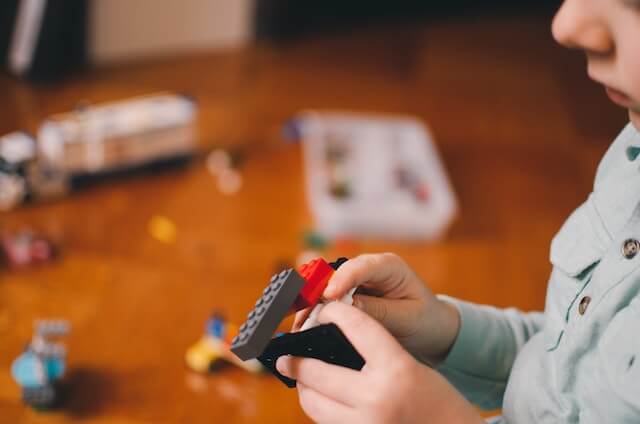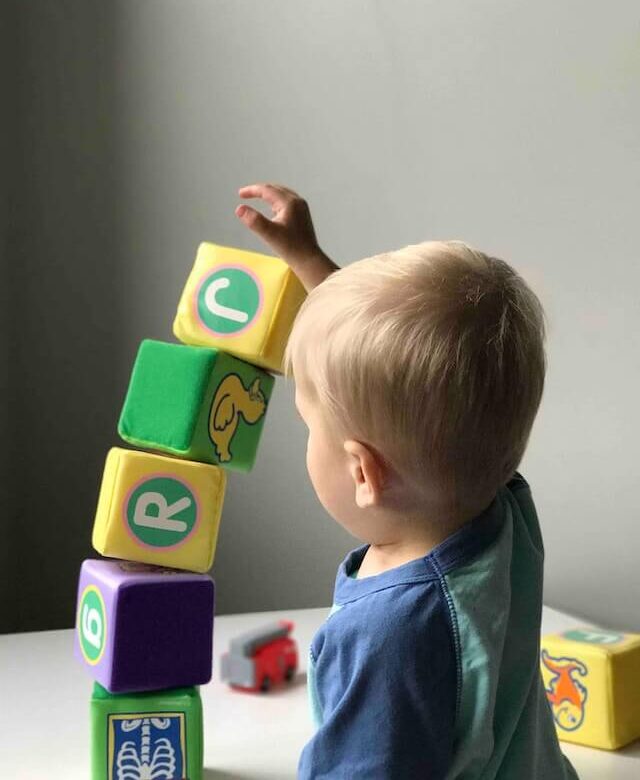Debunking Common Misconceptions About ABA Therapy
ABA therapy misconceptions
Applied Behavior Analysis (ABA) therapy is a widely recognized and evidence-based treatment for individuals with autism spectrum disorder (ASD). However, despite its scientifically proven treatment and effectiveness, there are still many myths and misconceptions about ABA therapy. This article aims to debunk these misconceptions and provide a clearer understanding of the therapy’s benefits and applications.
Misconception 1: ABA therapy is only for children with autism
While ABA therapy has been extensively researched and shown to be an effective therapy for individuals with autism, it is not exclusively for those with ASD. ABA therapy is based on the principles of various applied behavior analysis techniques, which can be applied to various populations and settings.
Applied Behavior Analysis therapy has been used effectively with individuals who have developmental disabilities, traumatic brain injury, and other behavioral challenges. Additionally, ABA techniques have been employed in various settings such as schools, businesses, and even sports coaching, to improve performance and teach new skills.
Misconception 2: ABA therapy is all about compliance and control
One of the most common misconceptions about ABA therapy is that it is focused solely on controlling the individual’s behavior and forcing the behavior and compliance. This is far from the truth. ABA therapy aims to increase an individual’s independence, self-confidence, and overall quality of life by teaching essential skills and reducing problematic behaviors.
ABA therapists use positive reinforcement to encourage desired behaviors. They focus on teaching functional skills that will help the individual become more independent, such as communication, social skills, and daily living skills. The goal is to empower the person to lead a fulfilling life, not to control them.
Misconception 3: ABA therapy is robotic and unnatural
Some critics argue that ABA therapy creates robotic and unnatural behaviors in individuals receiving the treatment. However, this misconception stems from outdated methods or poorly implemented ABA programs.
Modern ABA therapy is designed to be adaptable, flexible, and individualized. Therapists work closely with the person and their family to create a tailored treatment plan that targets specific goals and incorporates the individual’s interests and preferences.
Additionally, ABA therapists are trained to use naturalistic teaching strategies that promote learning in the natural environment of real-life situations. This ensures that the skills learned during therapy sessions are generalizable and can be applied in everyday life.
Misconception 4: ABA therapy is a one-size-fits-all approach
Applied Behavior Analysis therapy is often mistakenly perceived as a rigid, cookie-cutter approach to treatment. In reality, ABA therapy is highly individualized and tailored to each person’s unique needs, strengths, and challenges.
Before starting ABA therapy, a comprehensive assessment is conducted to identify the individual’s specific needs and goals. This information is used to develop a personalized treatment plan that outlines the targeted skills and behaviors.
As the individual progresses, the treatment plan is continually revised and adjusted to ensure that it remains relevant and effective. ABA therapists also collaborate closely with the individual’s family and other professionals, such as teachers and speech therapists, to ensure a comprehensive and coordinated approach to treatment.
Misconception 5: ABA therapy is only about reducing problem behaviors
While decreasing problematic behaviors is an essential part of ABA therapy for children, it is not the sole focus. ABA therapy aims to improve overall quality of life by teaching children new skills, fostering independence, and promoting social inclusion.
To achieve this, ABA therapists work on various skill domains, including communication, social skills, self-help skills, and academic skills. By addressing these areas, individuals receiving ABA therapy can experience improvements in their relationships, self-esteem, behavior issues and overall well-being.
Misconception 6: Punishment is a primary component of ABA therapy
This misconception likely stems from the early days of behavior analysis, where aversive techniques were more commonly used. However, modern ABA therapy heavily emphasizes the use of positive reinforcement to have behavior analysts encourage desired behaviors.
Punishment is rarely used in ABA therapy, and if it is, it is done so as a last resort and under strict ethical guidelines. Instead, therapists focus on reinforcing appropriate behaviors and teaching alternative skills that can replace problematic or inappropriate behaviors themselves.
Misconception 7: ABA therapy is too time-consuming
It is true that ABA therapy can be intensive, with some programs recommending up to 40 hours per week. However, the intensity and duration of therapy are determined based on each individual child’s program, needs and goals.
Research has shown that more intensive ABA therapy and early intervention can lead to better outcomes, particularly for young children with autism. However, many individuals with autism spectrum disorder can still benefit from less intensive therapy, and treatment plans can be adjusted as the person progresses.
It is essential for many parents to remember that ABA therapy is an investment in the individual’s future. The skills learned during therapy can have lasting benefits, leading to increased independence and improved quality of life.
How Applied Behavior Analysis (ABA) therapy helps children with autism spectrum disorder
ABA therapy for those on the autism spectrum has been extensively researched and is widely recognized as an effective treatment for individuals with autism. It can help children develop essential skills, such as communication, social, self-help, and academic abilities. Additionally, ABA techniques are often used to reduce problem behaviors that interfere with daily functioning or impede learning.
The benefits of ABA therapy for many children can be seen beyond behavioral changes. Research has shown that it can lead to improved social interactions, increased independence, better communication skills, higher academic performance in school, and even enhanced self-esteem.
Conclusion
ABA therapy is an evidence-based treatment with proven effectiveness for individuals with autism and other behavioral challenges. By using scientific research and debunking these common myths and misconceptions, we hope to provide a clearer understanding of the therapy’s benefits and applications.
When implemented correctly and tailored to each individual’s unique needs, ABA therapy is proven effective and can lead to significant improvements in communication, social skills, and overall well-being. If you or someone you know could benefit from ABA therapy, it is essential to seek out a qualified professional who adheres to best practices and ethical guidelines.
If you are ready to work with the best ABA therapy provider in New York, New Jersey or Indiana, give us a call at (732) 402-0297. Our dedicated team is ready to help and we will treat you like family.























